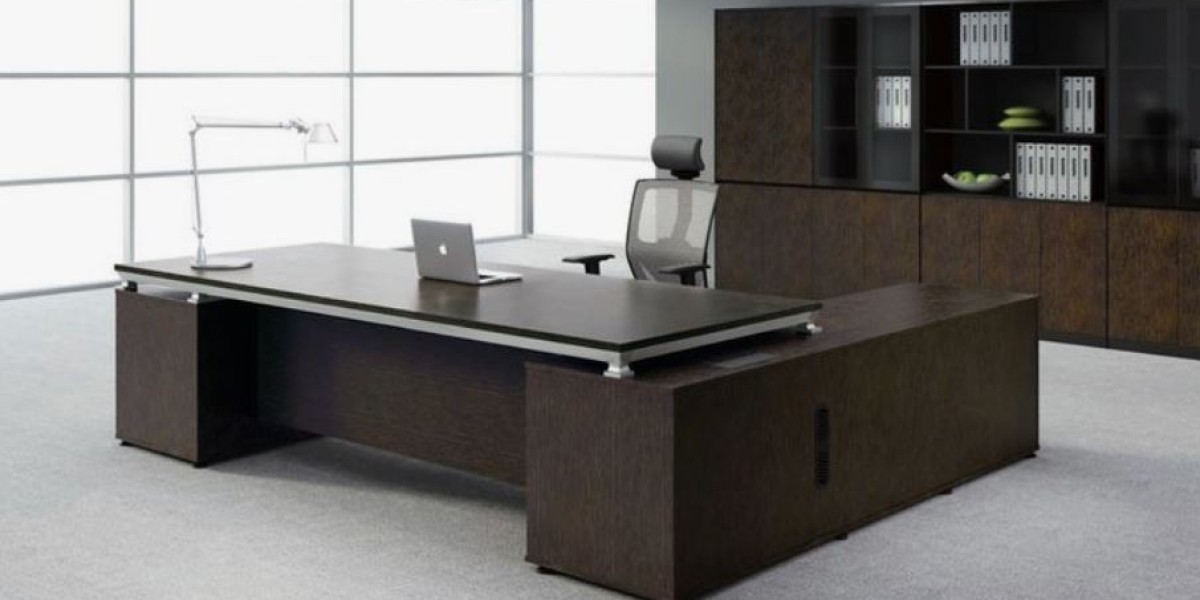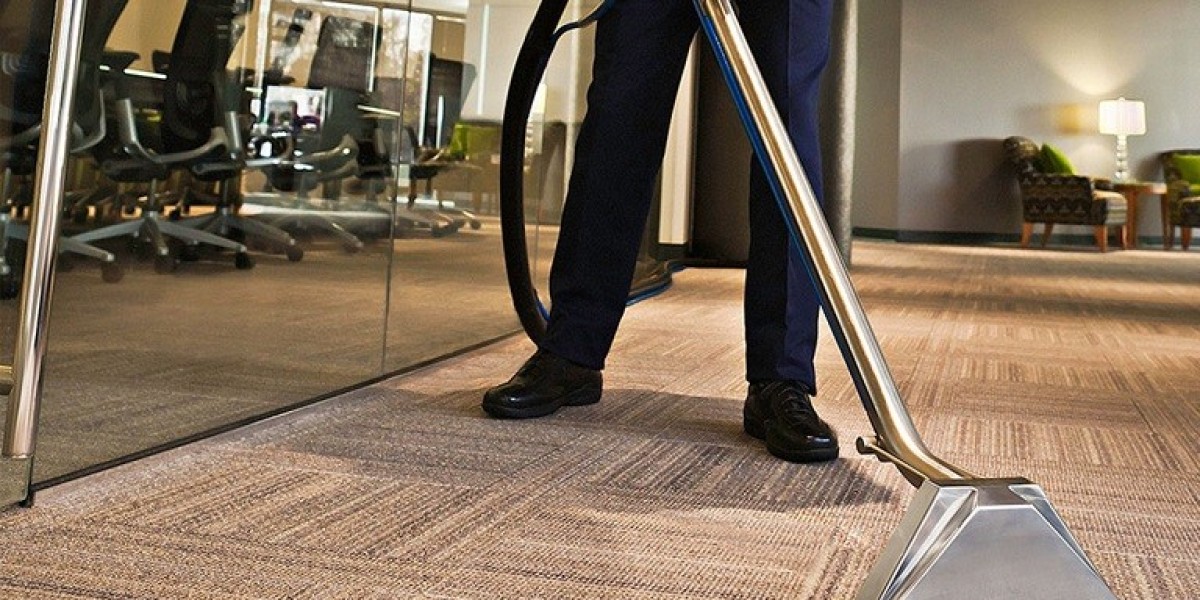In today's fast-evolving professional world, the need for a well-structured and efficient work environment is more crucial than ever. A central element in creating such a workspace is the office table, a cornerstone of both function and form. Office tables are no longer just flat surfaces for work; they now serve as productivity boosters, storage hubs, and style statements. Whether you're setting up a home office, designing a corporate workstation, or furnishing a co-working space, the choice of office tables greatly influences work habits, organization, and even the mood of the space. Among the vast selection available in the market today, one design that stands out for its versatility and sleek look is the free standing table. These tables provide users with flexibility in layout, functionality in everyday tasks, and elegance in design. In this blog, we'll explore the significance of both traditional and modern office tables, and why free standing tables are gaining popularity in commercial and residential offices alike.
Why Choosing the Right Office Table Matters
Selecting the right office table goes far beyond aesthetics. While the appearance of a table does play a role in defining the style of the office, its ergonomic features, size, material, and layout flexibility are even more important. A well-designed office table can reduce physical strain, promote better posture, and support the overall productivity of an individual. Employees or business owners often spend extended hours at their desks, which makes comfort and efficiency a top priority. When an office table is too small, it results in clutter and distraction. On the other hand, if it’s too large for the space, it can restrict movement and lead to an inefficient layout. Therefore, understanding your workspace needs, the type of work being done, and the number of users is essential before finalizing the perfect table. The modern-day office must also accommodate computers, multiple monitors, and other electronics, which means cable management, durability, and space optimization are major considerations.
The Rise of Free Standing Table Designs
A free standing table is designed to be used independently, unconnected to walls or other furniture units. This gives users the freedom to place it anywhere, making it a flexible and mobile option for office layouts. It’s especially ideal for open floor plans or environments that require frequent rearrangement. Free standing tables come in a wide variety of sizes, shapes, and materials, from compact wooden tables perfect for solo use, to large metal-framed options designed for collaborative teams. One of the key benefits of using a free standing table is the ease with which it supports changing business needs. For instance, startups or growing companies often need to reconfigure their layout as teams expand. With free standing tables, there is no need for costly renovations or complex restructuring. In addition, they are typically easier to transport, making them a good option for temporary office spaces or pop-up work environments. Their clean lines and modern designs also appeal to younger professionals and creative industries.
Customization and Functional Options for Office Tables
Another emerging trend in the world of office furniture is customization. Office users today expect more from their workstations, and manufacturers are responding with innovative designs. Many office table models now come with modular components that allow users to add or remove parts such as drawers, partitions, shelves, or keyboard trays. These tables are often height-adjustable, allowing a shift between sitting and standing positions, which is proven to enhance health and concentration. Some office tables also include built-in charging ports, USB outlets, and cable trays, making them tech-friendly and eliminating desk clutter. The combination of a free standing table with modular components provides a hybrid solution that merges mobility with full functionality. This allows offices to cater to the needs of different departments or employees with specific requirements. Whether it’s a designer needing more surface space or a manager requiring document drawers, the flexibility of these designs offers a one-size-fits-all solution that truly meets modern demands.
Material Choices and Aesthetic Considerations
A large part of choosing the right office table lies in the selection of materials. Traditional wooden tables bring warmth and classic appeal to an office, while metal or glass options deliver a sleek, modern look. A free standing table often combines materials to deliver both strength and design flair. For example, a wooden tabletop with metal legs offers both durability and style. The surface material should be easy to clean and maintain, especially in high-use environments. Light-colored finishes can make a small room feel more open, while darker tones can add sophistication and formality to executive spaces. From a branding perspective, the aesthetic of your office furniture—including the tables—should align with the company’s values and industry. Creative studios may opt for vibrant, playful table designs, while law firms and corporate environments usually prefer more structured, classic tables. Design-conscious business owners understand that furniture plays a role in how clients perceive the business and how employees feel about their work environment.
Free Standing Office Tables for Home and Remote Work
As more professionals transition to remote or hybrid working, the demand for stylish, practical office table options for home offices has surged. The free standing table fits perfectly into this niche, allowing users to create an efficient work zone without investing in permanent fixtures or built-ins. These tables are ideal for use in small apartments or multi-purpose rooms, as they can be easily moved, stored, or repurposed. A free standing table can double as a dining space, crafting table, or study desk, giving homeowners more value per square foot. Its lightweight design also ensures that users can frequently switch locations to find the best natural lighting or noise level for focus. Some companies even offer collapsible or foldable models, making it simple for remote workers to pack up their office after hours. This adaptability aligns well with the needs of freelancers, students, and entrepreneurs who require workspace solutions that are both compact and flexible.
Conclusion: Building the Perfect Workspace with Office Table
Whether setting up a new office or upgrading an existing one, the importance of investing in the right office table cannot be overstated. From the versatility of a free standing table to the ergonomic benefits of a custom modular setup, your table choices shape the productivity, comfort, and appeal of your workplace. As workspaces become more dynamic and employee needs more diverse, furniture must evolve to meet those demands. Consider your layout, work habits, design preferences, and budget when selecting your next office table. For businesses and individuals looking to blend function with form, flexibility with stability, and style with comfort, today's office tables offer an array of options that support both work and well-being. Choose wisely, and you'll notice the difference in efficiency and ambiance almost immediately. For the most reliable solutions in workspace furniture, office table continues to lead the way with modern designs and durable options built for every professional setting.








